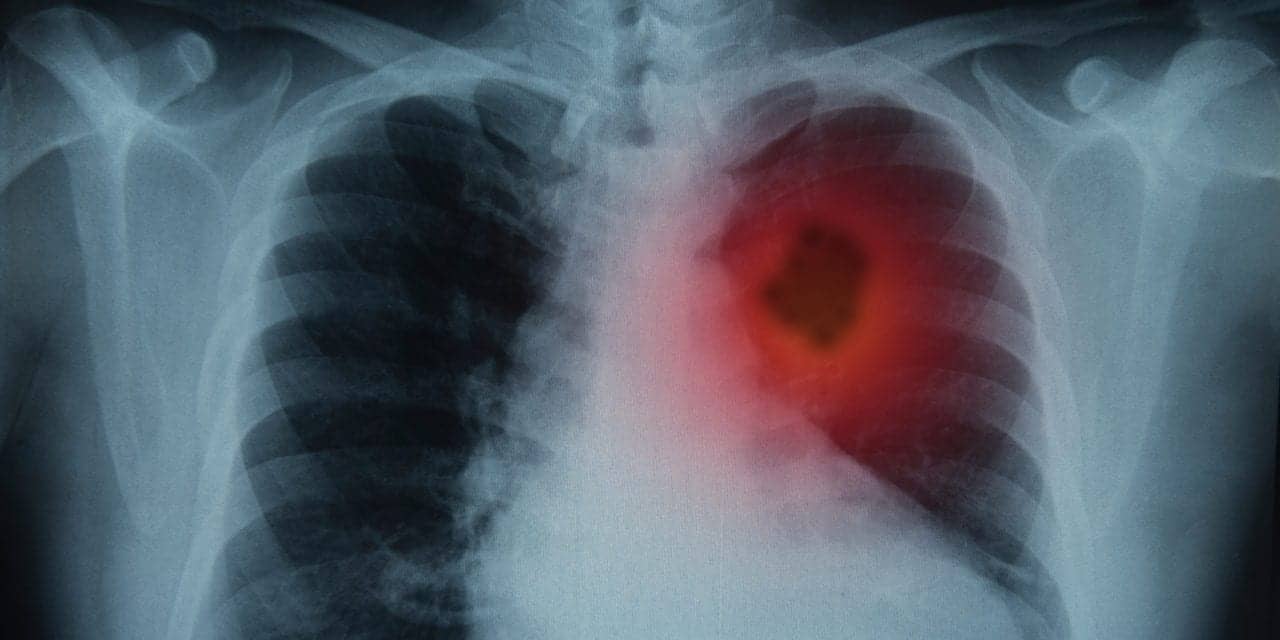A recent study led by Kaiser Permanente’s Institute for Health Research found the 2021 lung cancer screening recommendations from the U.S. Preventive Services Task Force (UPSTF) will likely expand screening eligibility by nearly 54%, increasing the overall proportion of women, racial, and ethnic minority groups, as well as individuals with lower socioeconomic status. The study was published in JAMA Network Open.
This study also found the 2021 USPSTF recommendations were projected to be associated with an estimated 30% increase in lung cancer diagnoses compared with the 2013 USPSTF recommendations.
The USPSTF released its updated lung cancer screening recommendations in March 2021, lowering the screening age from 55 to 50 years and smoking history from 30 to 20 pack-years. One pack-year is equivalent to smoking an average of 20 cigarettes—one pack per day—for a year. The goal of this study was to determine if these updated recommendations for lung cancer screening were associated with a clinically meaningful change in the characteristics of individuals who are newly eligible for screening.
“Disparities in healthcare exist across the spectrum and we know more can and must be done to improve equity in care for underserved communities and communities of color,” says Debra Ritzwoller, PhD, senior investigator at the Kaiser Permanente Institute for Health Research in Colorado, and lead author of the study. “In this large study, we analyzed data from more than 340,000 individuals, and found by expanding lung cancer screening eligibility, health systems across the U.S. can provide screenings to more individuals, especially those from diverse backgrounds and in communities of color.”
In this national, multi-institutional study, researchers used real-world patient data, analyzing electronic health records of patients from five diverse community-based health systems who received care between Jan. 2, 2010, and September 20, 2019. Only those individuals for whom a complete smoking history was available and who were engaged with the healthcare system for 12 or more continuous months were included.
Compared with the 2013 USPSTF guidelines, the 2021 recommendations expanded screening eligibility among this cohort to an additional 18,533 people, representing a 53.7% increase. Among those newly eligible individuals, there was a larger proportion of women, representing 52%, and a 61.1% increase in the proportion of individuals at the lowest socioeconomic status.
Additionally, there was greater representation among racial and ethnic minority groups. Specifically, increases in the proportion of those who were newly eligible included:
- 69.7% for non-Hispanic Black
- 67.4% for Hispanic
- 60.6% for Asian, Native Hawaiian, or Pacific Islander
- 49% for non-Hispanic white groups
“While more research must be done, we know from this study we can break down existing barriers in lung cancer screening by expanding eligibility for those who fit the recommended guidelines,” says Ritzwoller. “By screening more individuals sooner, we can potentially help catch lung cancer earlier, effectively saving more lives.”






